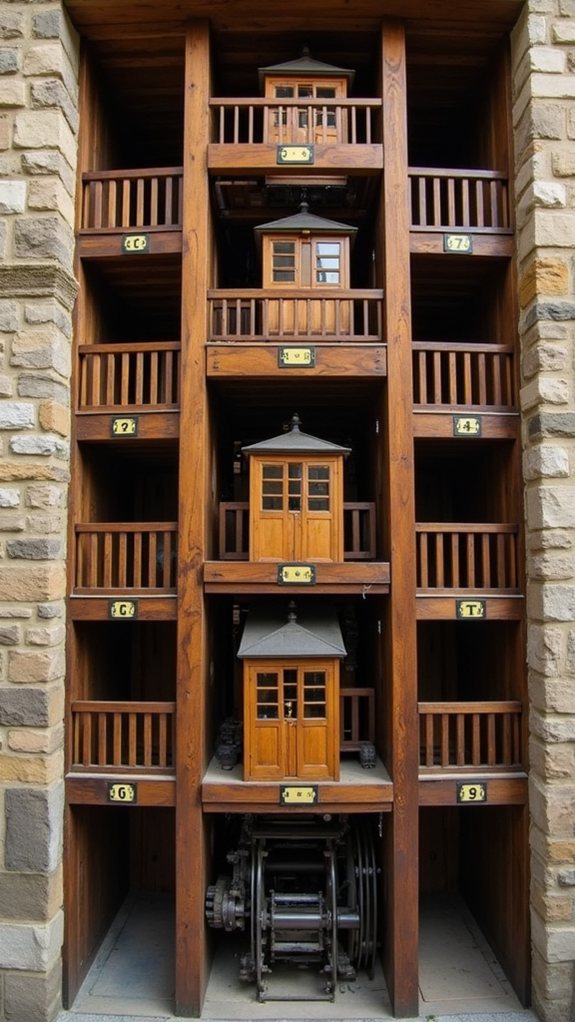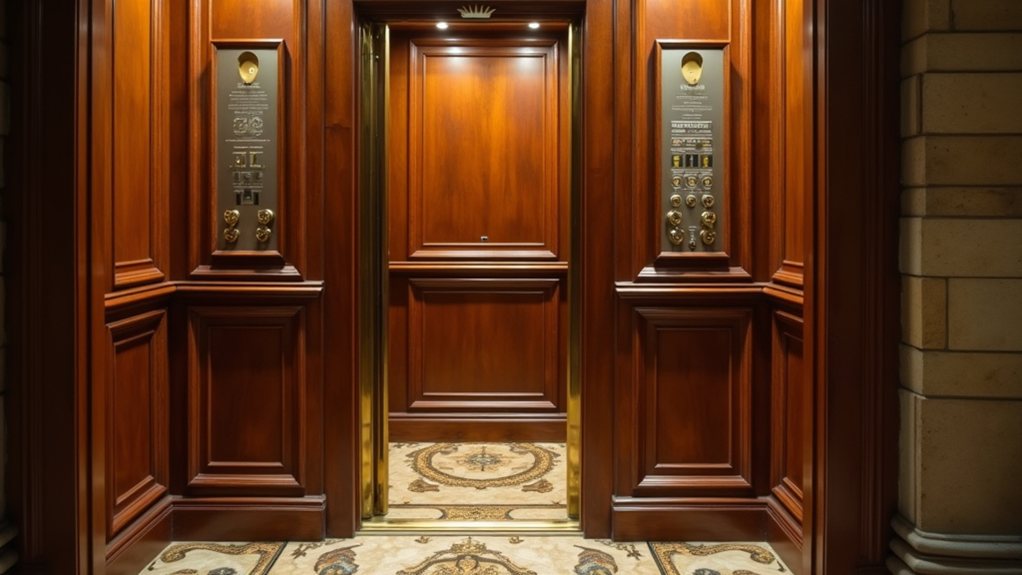American tourists, fresh off the plane and ready to investigate Europe’s grandeur, often find themselves befuddled by the continent’s elevator etiquette. They’ll push buttons frantically, wondering why floor “1” isn’t where they expected, or squeeze uncomfortably into spaces designed for fewer occupants than the average American lift. The seemingly simple task of moving between floors becomes a cultural puzzle, complete with different numbering systems and door mechanisms that don’t respond as expected. What other everyday European experiences might catch these travelers off guard?
European Elevators: Quirky Differences That Surprise Americans

While American tourists might expect elevators to operate similarly worldwide, Europe‘s lift systems can leave visitors scratching their heads in confusion. The differences begin at the ground level, where Europeans mark the entry floor as “G” or “0” rather than “1,” causing many Americans to exit one floor too early or late during their initial European elevator experience.
This numbering discrepancy continues throughout buildings, with what Americans would call the second floor being labeled as the first floor in Europe, creating a persistent one-floor mental translation challenge.
Size presents another surprise for American visitors, who often find themselves squeezing into European elevators that seem designed for more diminutive passengers. Unlike their spacious American counterparts built to accommodate wheelchairs and stretchers, European lifts prioritize space efficiency over roominess, reflecting the continent’s different approach to building design and cost management.
American visitors beware: European elevators sacrifice spaciousness for efficiency, reflecting continental priorities in building design.
These smaller elevators appear in many more buildings, however, as installation costs are remarkably lower in Europe. Unlike in America, European elevator door-close buttons actually function properly, giving users real control over their lift experience.
Perhaps most bewildering to American tourists are the notorious paternosters, open-compartment elevators that move continuously without doors. Named after rosary beads (“pater noster” meaning “our father” in Latin), these rare elevators require users to time their entry and exit precisely as the compartments slowly pass floor openings. Much like visiting Scotland’s limestone chambers at Smoo Cave, riding a paternoster offers an otherworldly experience unique to European travel.
Though declining in number due to safety concerns and regulatory restrictions, functioning paternosters can still be found in certain buildings throughout Prague and Germany, serving as both functional transportation and curious relics of engineering history. In the past, they were common in department stores across Europe, particularly in Germany during the late 1960s.
The initial paternoster was invented by Peter Ellis in the 1860s and became relatively common in European department stores by the late 1960s. Despite their higher accident rates compared to conventional elevators, public affection for these continuous-motion curiosities has preserved some examples.
Modern paternosters incorporate safety switches, but many travelers still approach them with trepidation, watching locals hop on and off with practiced ease before mustering the courage to attempt the distinctively European elevator experience themselves. Safety statistics indicate these unique lifts have accident rates approximately 30 times higher than conventional elevators, explaining the nervousness many tourists feel when encountering them.







